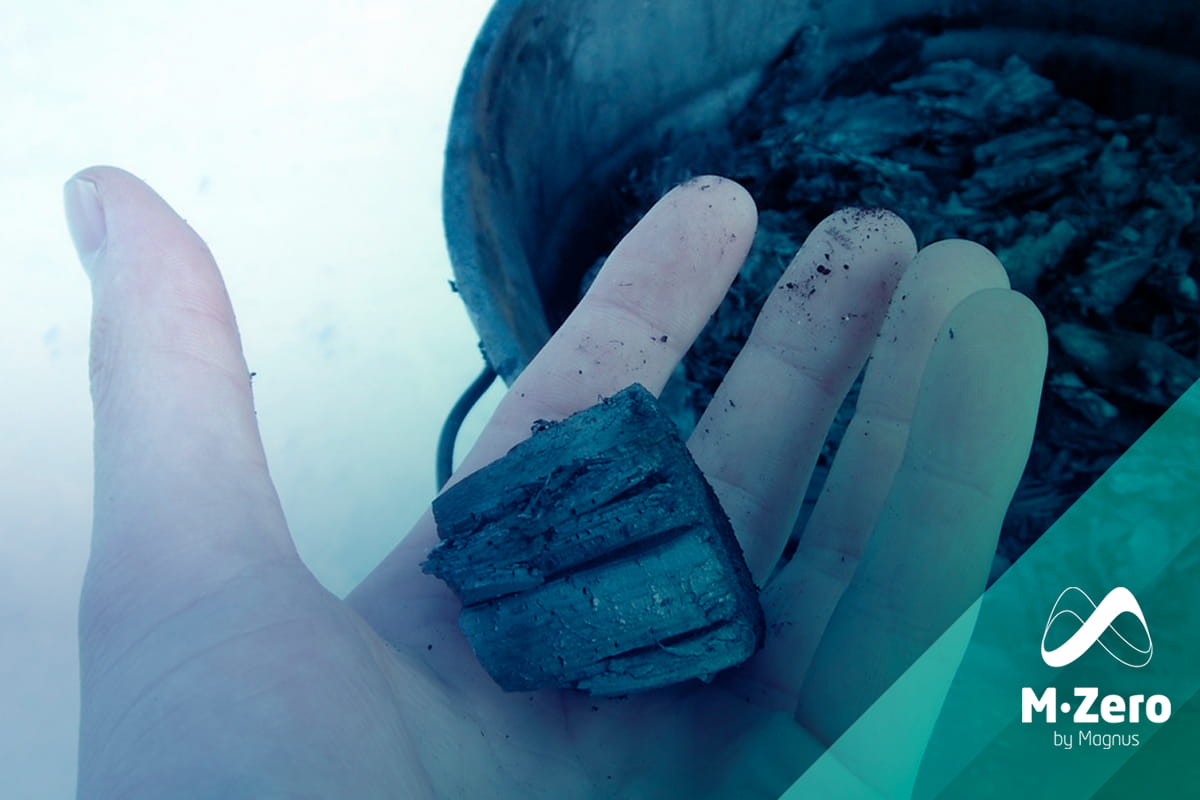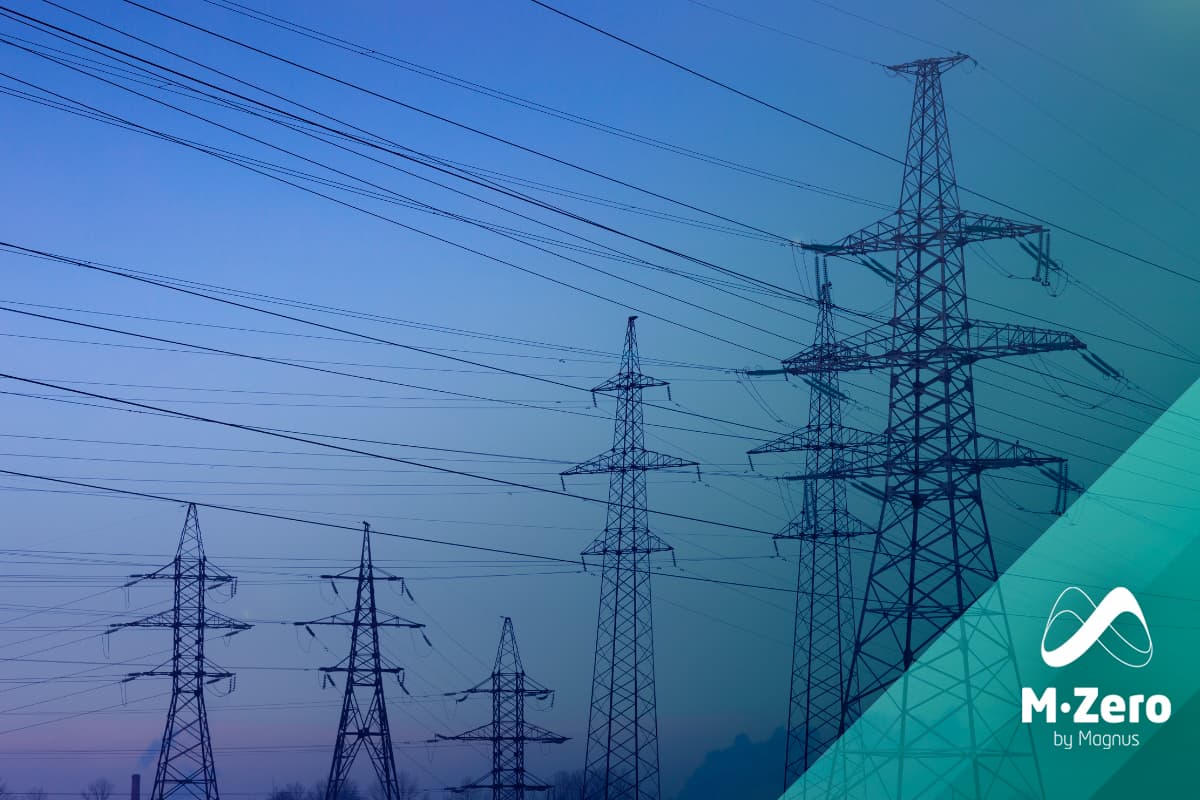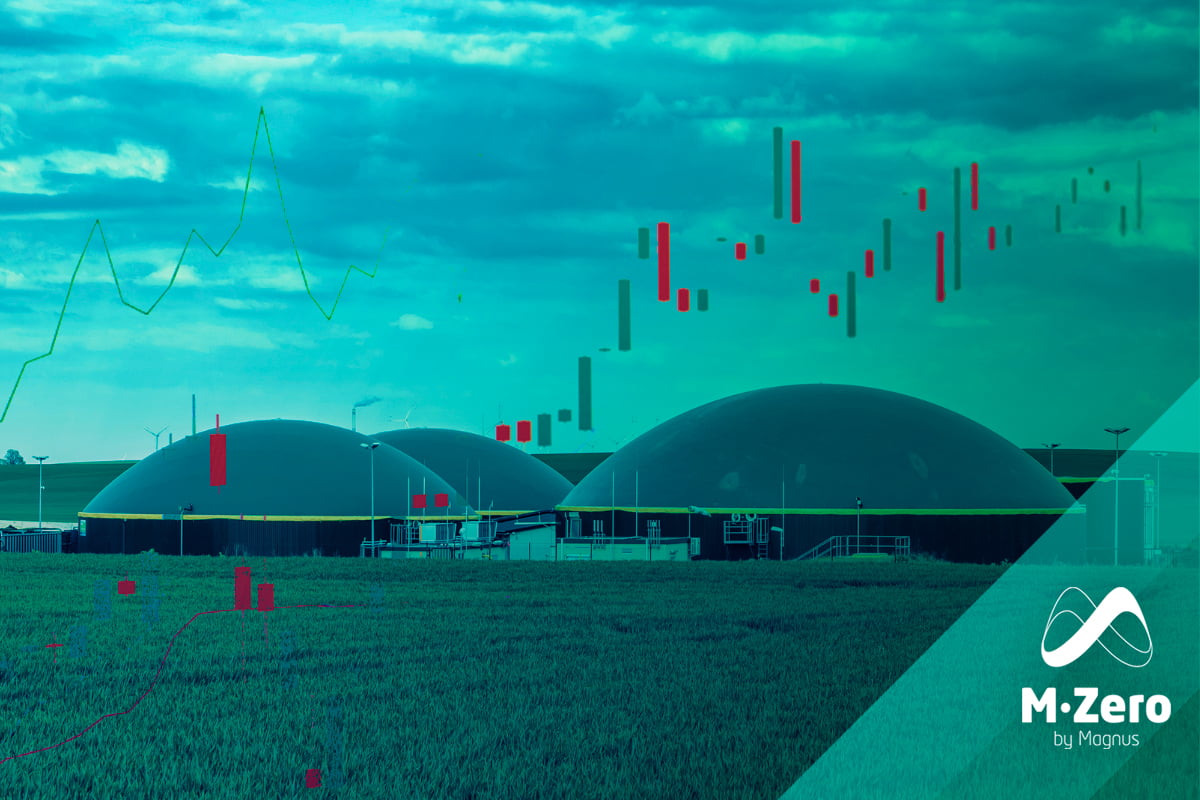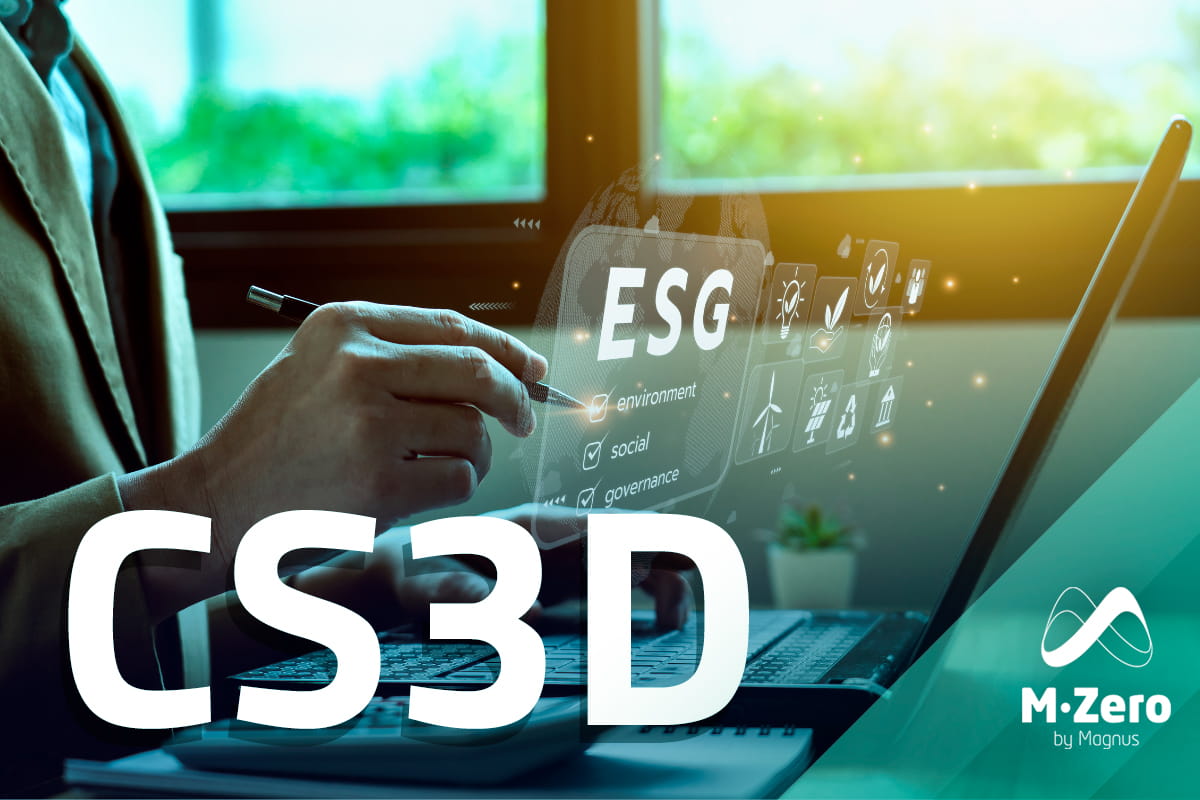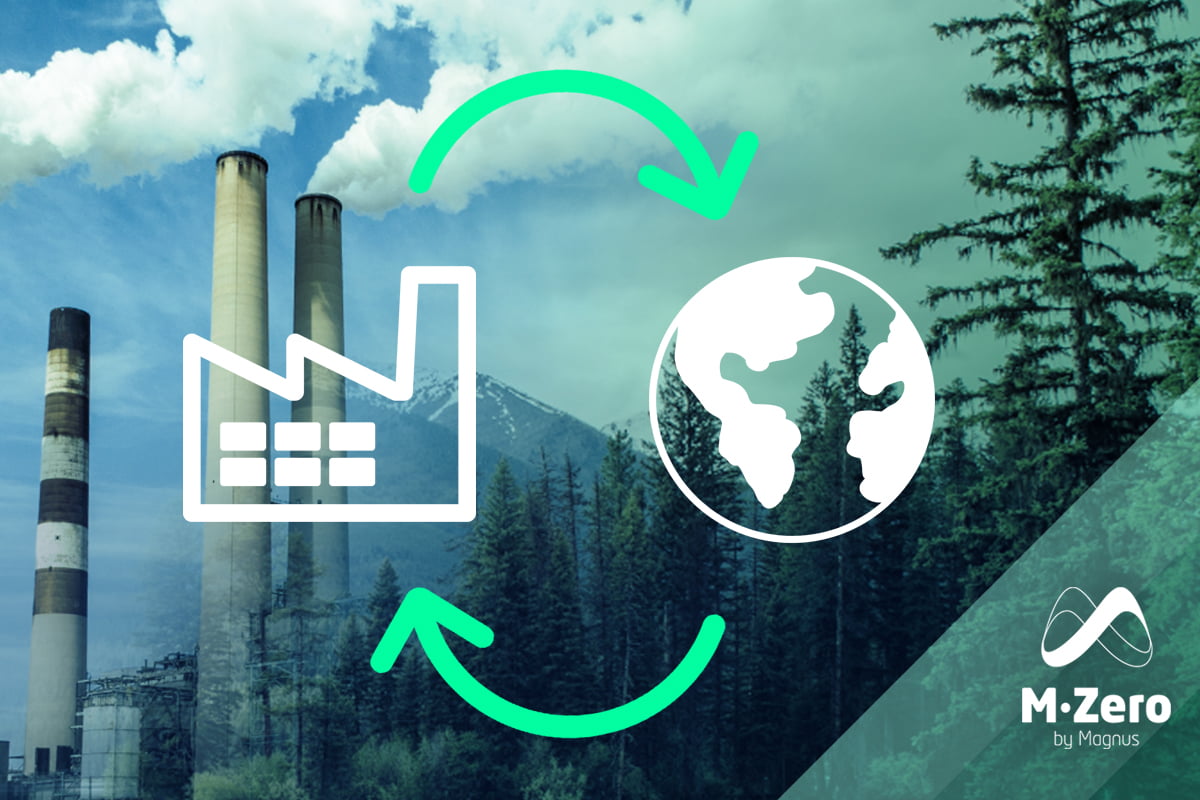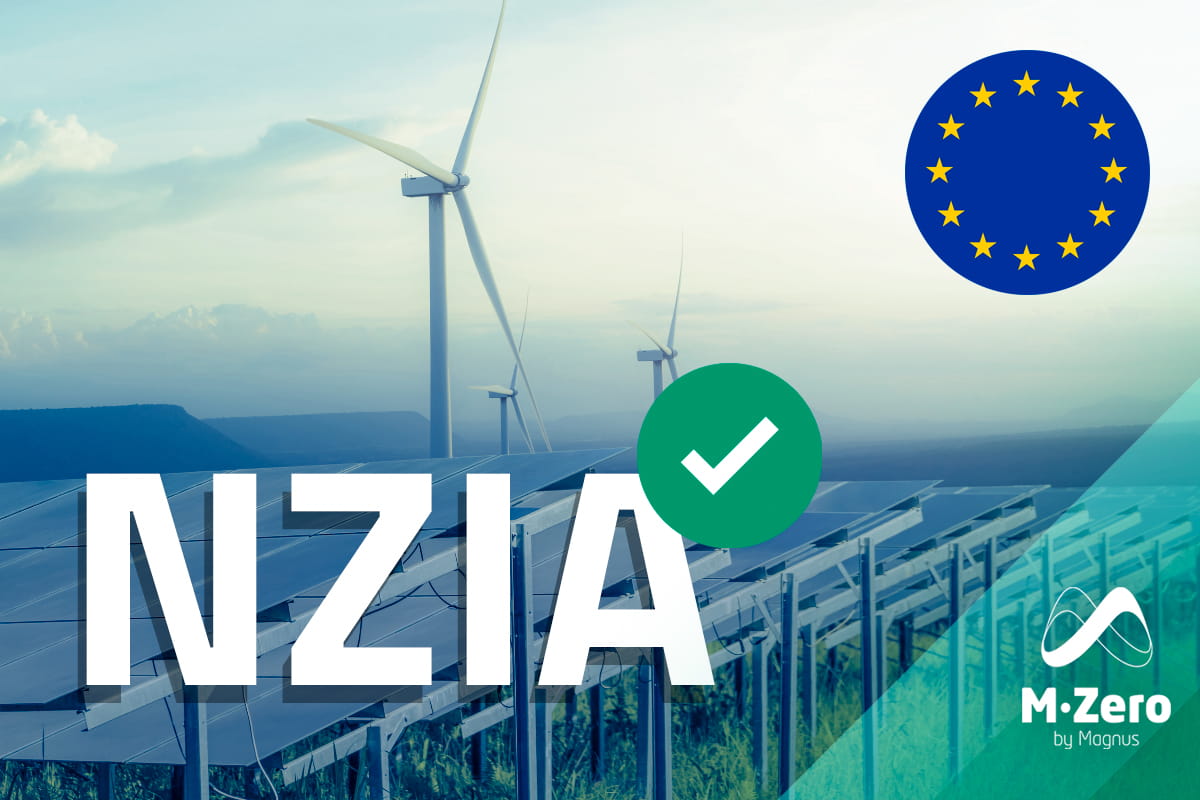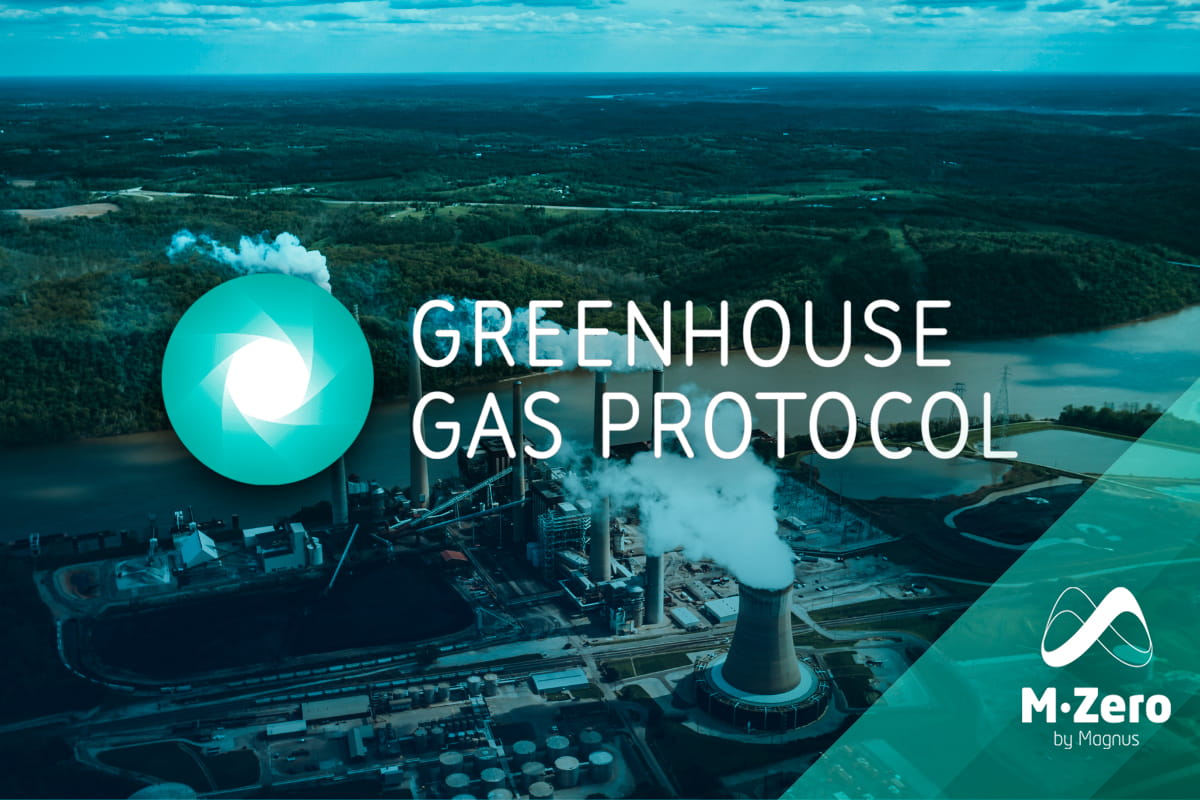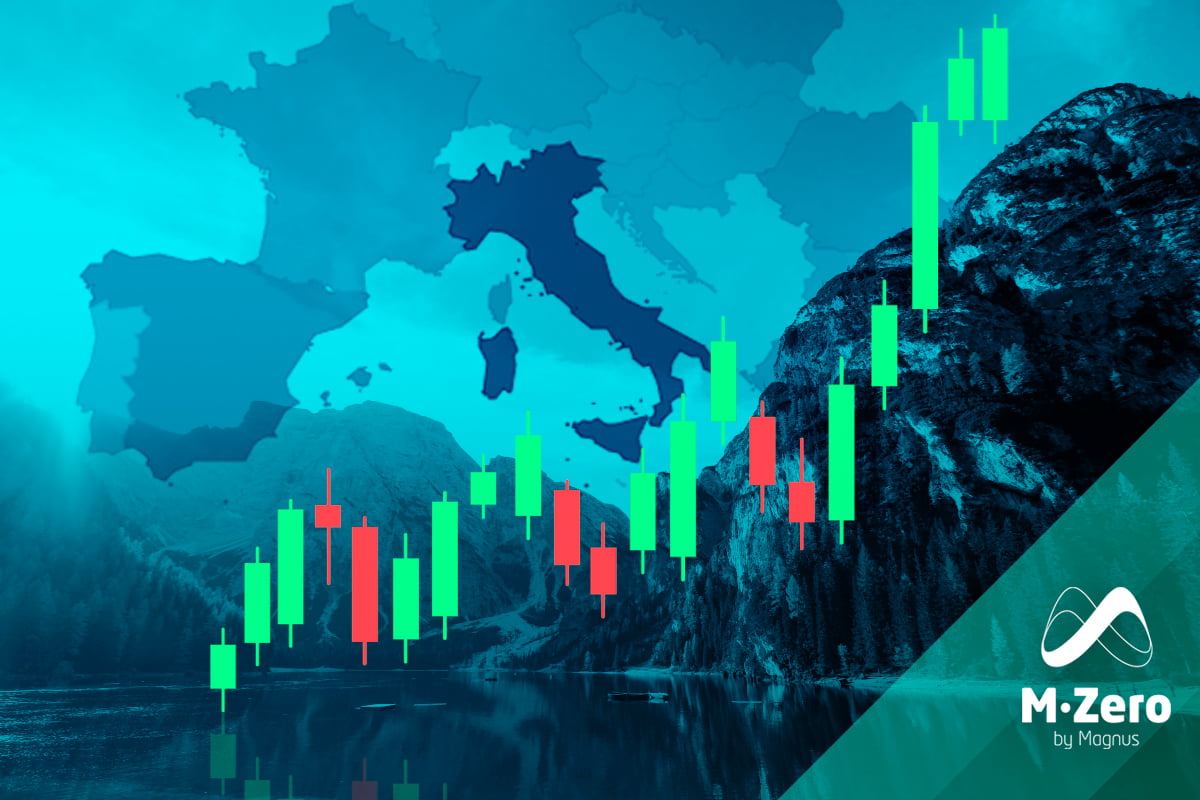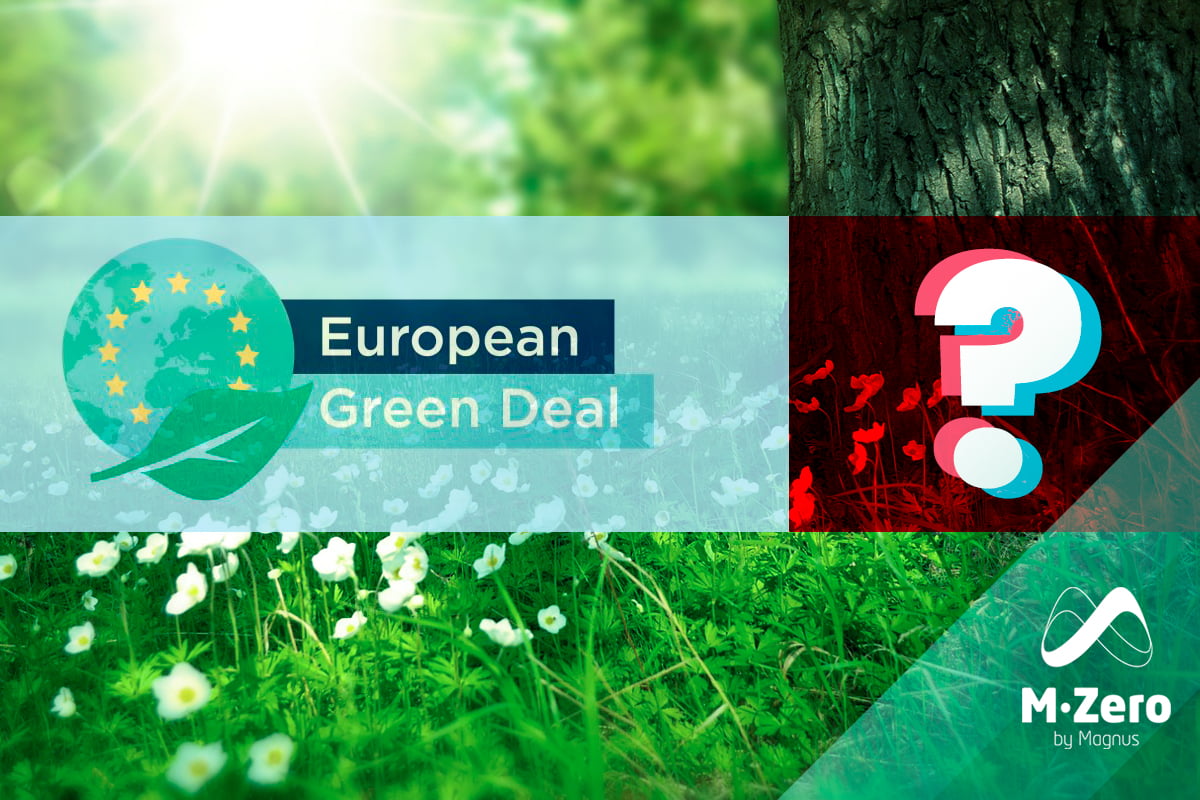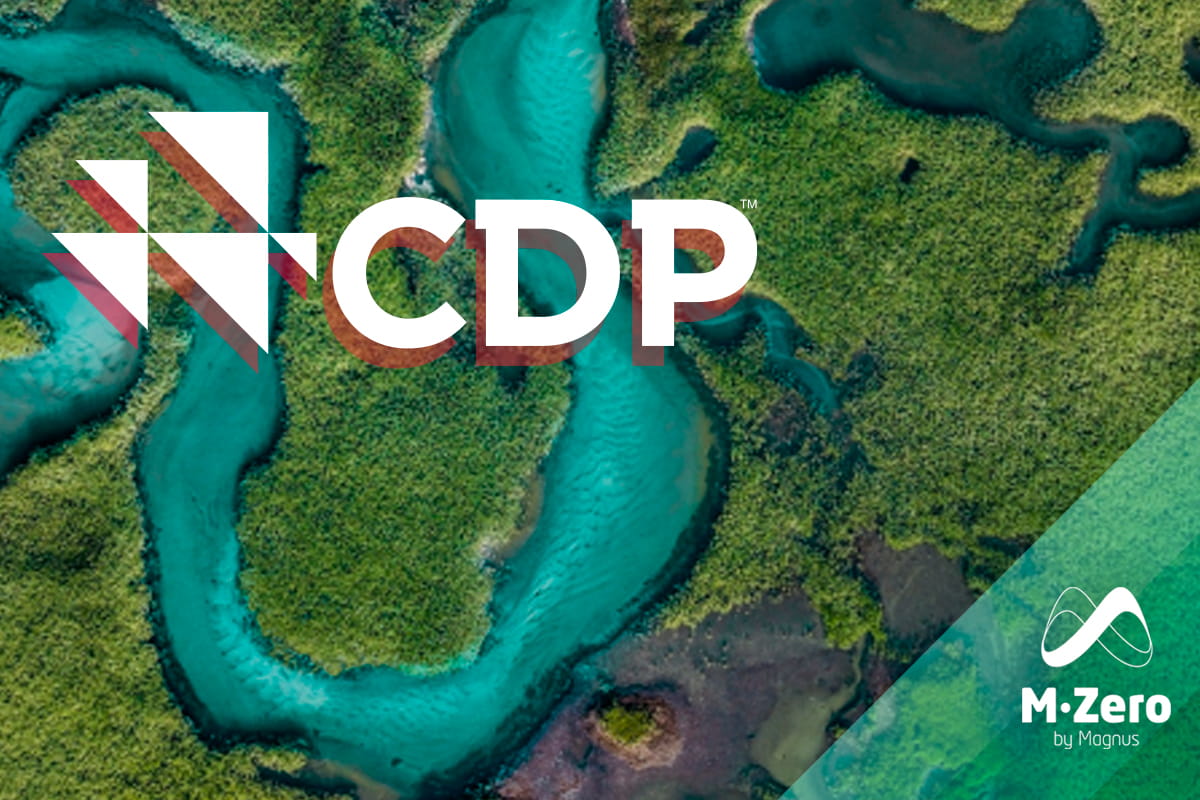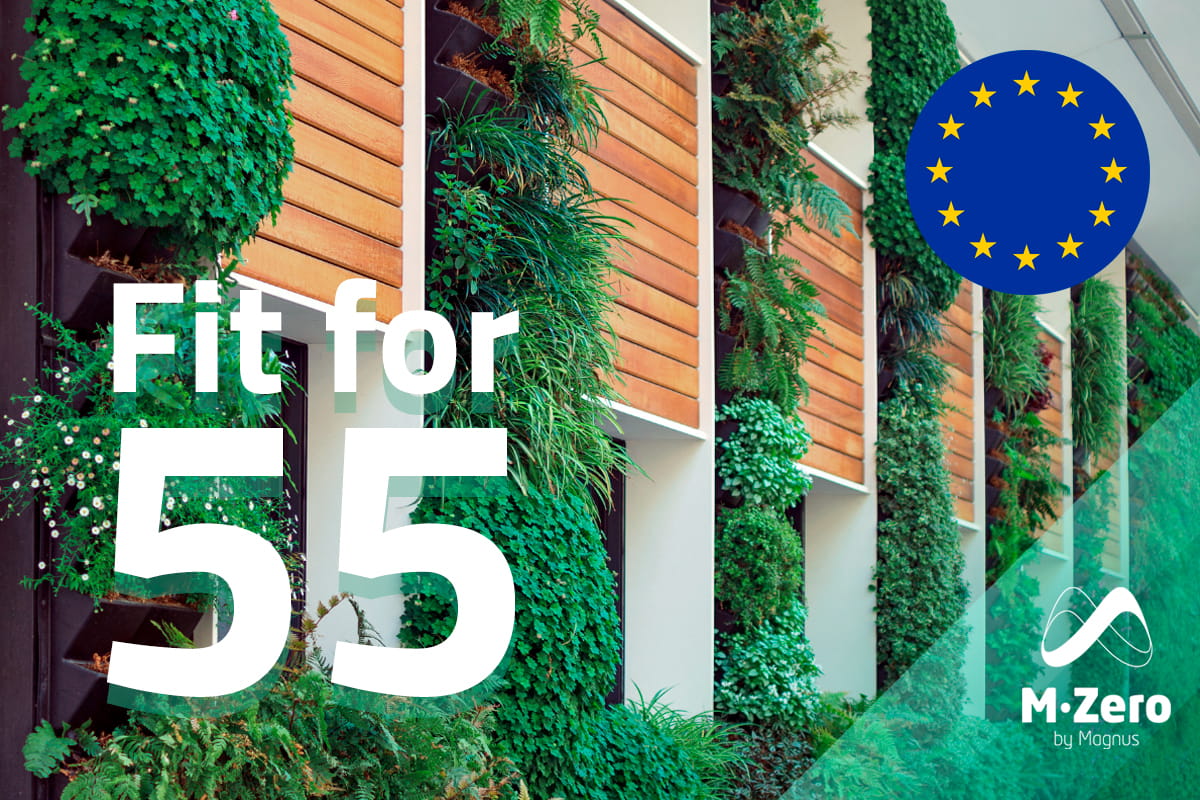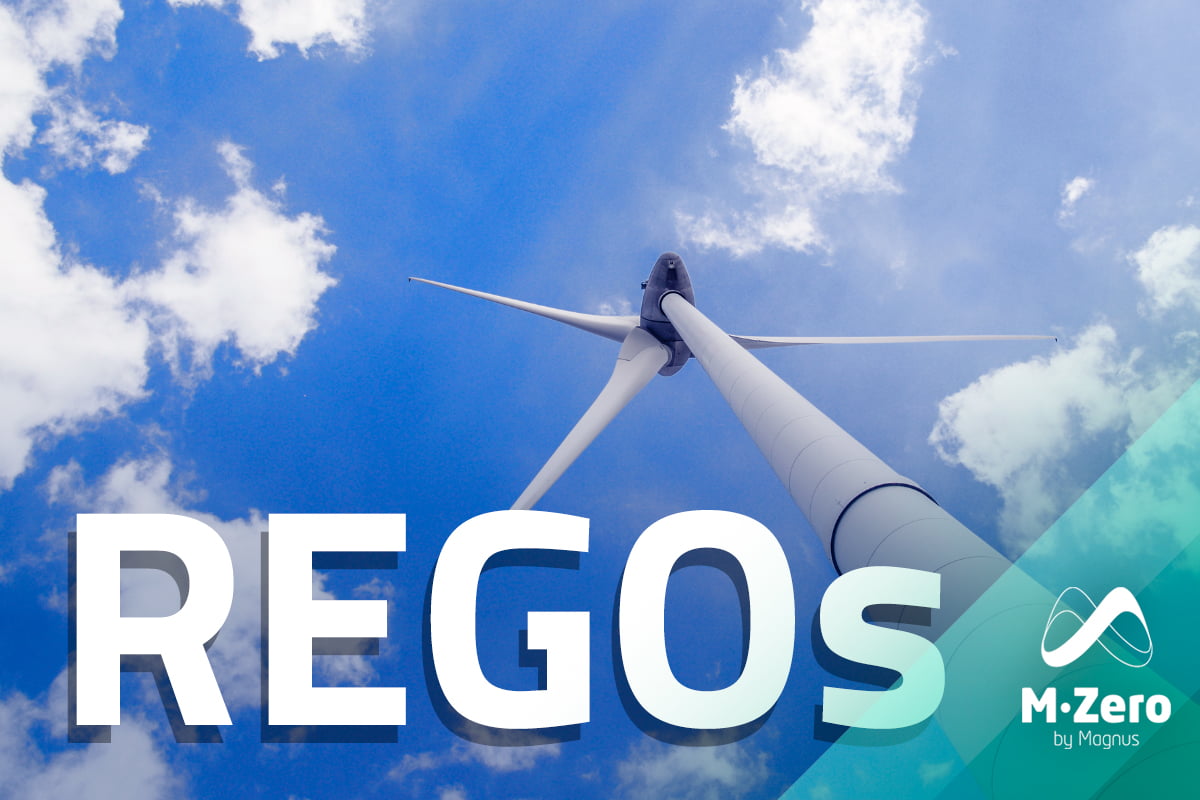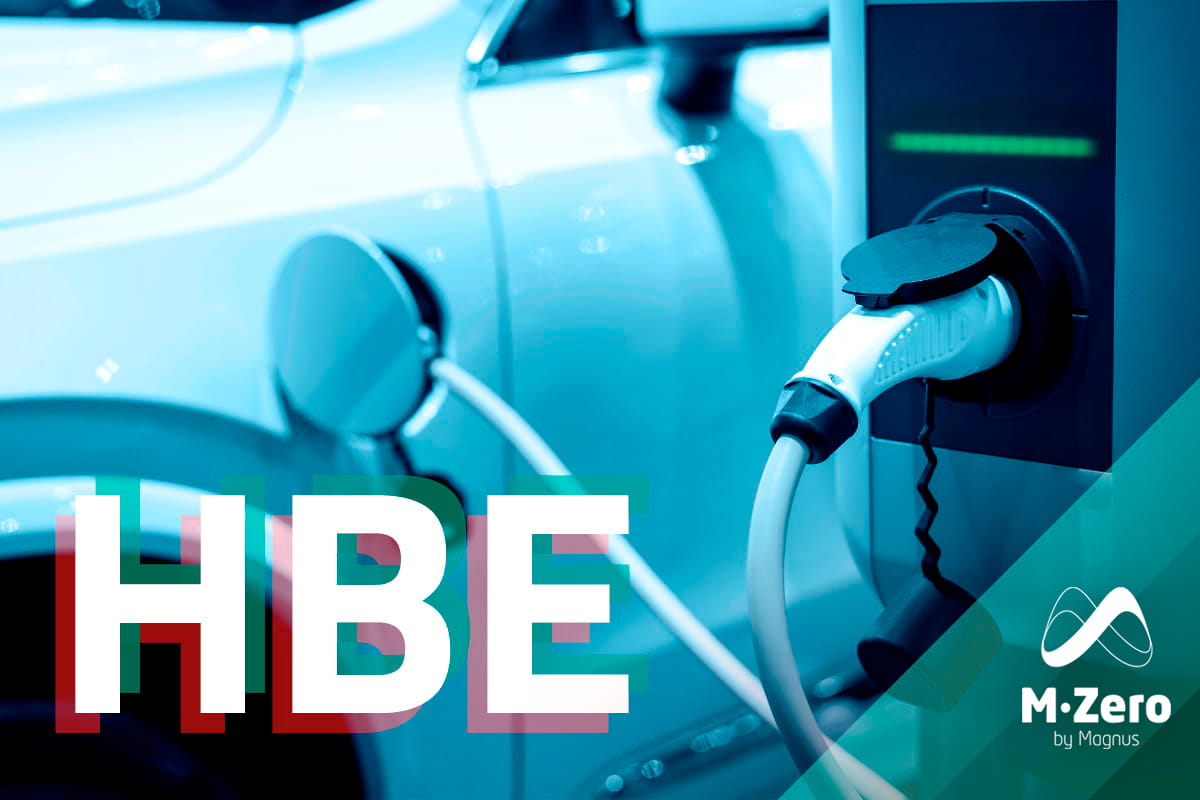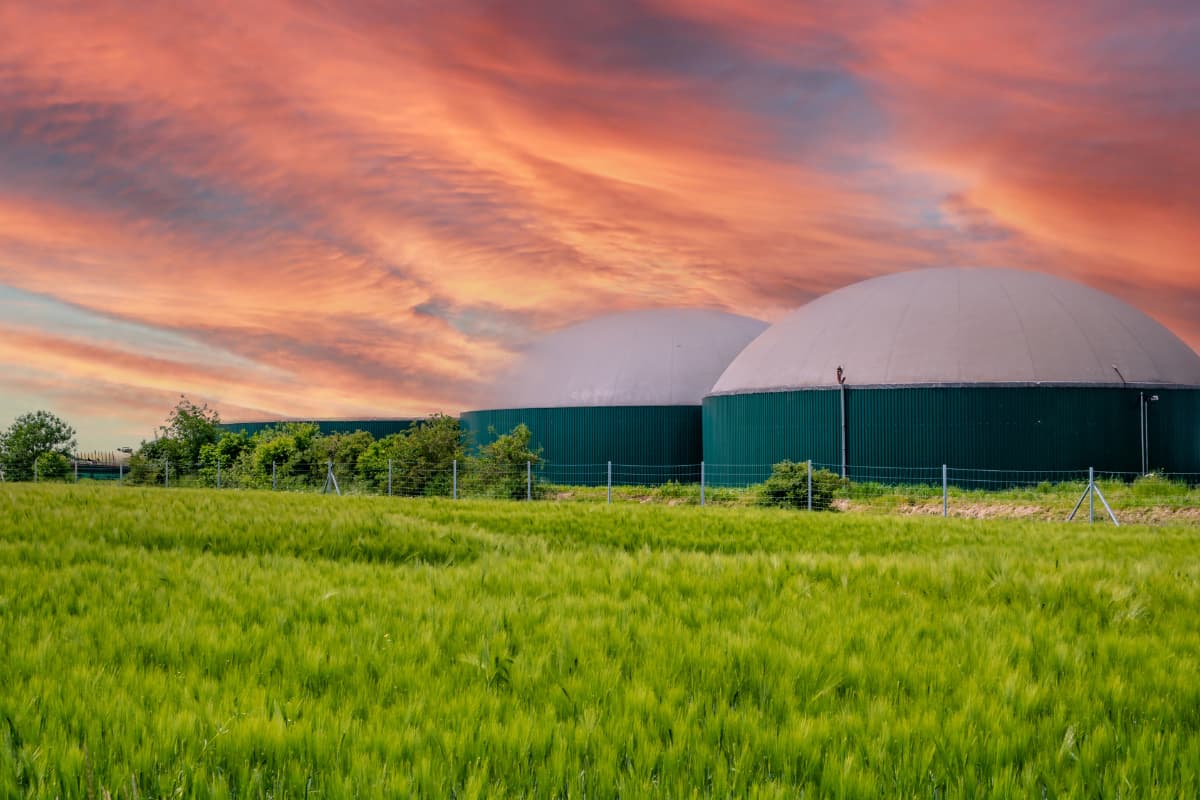
The energy sector is undergoing a transformation that will require a paradigm shift not only in generation but also in consumption. The need to innovate solutions and find formulas to ensure the sustainability of the system is imperative. However, to take on these research challenges within the current legislation would take decades. This is where a new fundamental concept, the Sandbox, emerges.
What is a regulatory sandbox?
The terminology “Sandbox” or “test box” derives from computer jargon where controlled spaces are created so that programmers can experiment with new technological developments, not yet commercialized, minimizing the associated risks. In the absence of initiatives such as the Sandbox, the viability of numerous projects that generate an enormous positive impact on society would be compromised.
In this sense, the regulatory Sandbox is identified as a space where innovative solutions to different problems can be developed and applied in a real controlled environment and under the supervision of the competent authority in each case. The projects are carried out in a defined time and geographical space.
The approach to why a regulatory Sandbox is provided to certain industries is due to the imperative need to allow testing and development of methods, policies and processes for evaluating emerging technologies. Sandbox initiatives advocate regulatory anticipation and adaptation to innovative and technological business models.
In this way, regulatory sandboxes focused on the energy sector aim to find solutions related to the reduction of environmental impact, energy storage in the electricity sector and the development of services that provide stability to the grid, allowing you to anticipate their risks, benefits and possible applications before going to the real market. In short, to ensure greater security of progress.
Although in the Spanish energy sector the use of regulatory Sandbox is quite recent, this concept has already been implemented in other countries such as the Netherlands, United Kingdom, Australia, Germany, Italy or the United States.
Goals
Among its virtues, the Sandbox offers the opportunity to:
- Encourage R&D, thus reducing the risks inherent to any innovation process.
- Advance learning and collaboration under public-private logics that serve as an element of improvement in the design of more efficient regulations.
- Contribute to and facilitate the search for new solutions and enrich collaboration and feedback between agents and sectors.
- Fulfill the objectives set by the Recovery, Transformation and Resilience Plan.
Sanboxes in Spain
As mentioned above, the Sandbox figure is considered an essential toll to achieving the energy and climate objectives set out in Spain’s National Integrated Energy and Climate Plan (PNIEC) for 2030.
The implementation of regulatory demonstration projects was already covered by Article 24, of CNMC Circular 3/2019, of November 20, establishing the methodologies that regulate the functioning of the wholesale electricity market and the management of the operation of the system.
However, its introduction in our legislation was carried out by virtue of Royal Decree-Law 23/2020, of June 23, which empowers the Government to establish regulatory test beds to introduce novelties, exceptions or regulatory safeguards that contribute to facilitate research and innovation in the field of the energy sector.
Subsequently, the Ministry for Ecological Transition and the Demographic Challenge launched for public consultation at the end of 2021 the drafting of Royal Decree 568/2022 on innovation that was approved on July 11, 2022 within the energy sector and whose official name would be “regulatory testbed”.
The need to create a regulatory sandbox in the sector is also included in the Recovery, Transformation and Resilience Plan (PRTR), specifically in the modification introduced by the recent Royal Decree-Law 6/2022, dedicated to “regulatory sandboxes or testbeds”.
Since its official approval, the CNMC has launched two regulatory Sandboxes, the first in August 2022 and the second in November 2023, both for the promotion of research and innovation for voltage control in the transmission grid due to the increase of renewable generation.
Who can have access and how?
The proposed ministerial order launched by MITECO describes the criteria and characteristics that must be met by the projects submitted to act under the regulatory test bed status and demonstrate their technical feasibility and potential benefit to society.
Those pilot projects that require at least one exemption in the regulation of the electricity sector and whose final objective is to give rise to a regulatory innovation will be eligible. Furthermore, they must be limited in terms of volume, duration and geographical scope, as well as guaranteeing the absence of risks for the electricity system, ensuring consumer protection and complying with the principle of economic and financial sustainability of the electricity system.
The entities that may participate in this environment are electricity producers, market operators, system operators, transporters, distributors, retailers, consumers, storage facility owners, independent aggregators, renewable energy communities and subjects not mentioned above that develop activities covered by the European regulation of the internal electricity market, especially in Directive (EU) 2019/944 of the European Parliament and of the Council of June 5, 2019. They may participate both individually and in groups.
As referred before, the access to the test bed is convened by Ministerial Order and consists of two phases: a first one of prior evaluation of the projects, and a second one in which the admitted promoters must subscribe a test protocol with MITECO, in cooperation with the CNMC, which contains the specific rules and conditions for each pilot project.
The maximum duration of participation in the bank is two years, and the pilot projects must satisfy the principle of not causing significant harm to the environment.
Successful pilot projects may obtain financing through the call for aid to new business models in the energy transition, according to the Resolution of June 2, 2023, of the IDAE’s Board of Directors, within the framework of the NextGenerationEU funds.
The urgency of the energy system transition to meet the objectives established in the PNIEC and increase the penetration of renewable energies in the electricity sector requires accelerating the innovation processes that, as a result, will shape future technological, economic and regulatory components or elements that adapt to the current paradigm without slowing down the energy transition.
We need to find solutions and alternatives that make energy more sustainable, fairer and more accessible. In this sense, the regulatory Sandboxes can give us a fundamental boost to shorten the deadlines and have, sooner than we expect, improvements and practical solutions that matter.
Matilde Loureiro | Energy Expert
If you found it interesting, please share it!
Recent Articles






